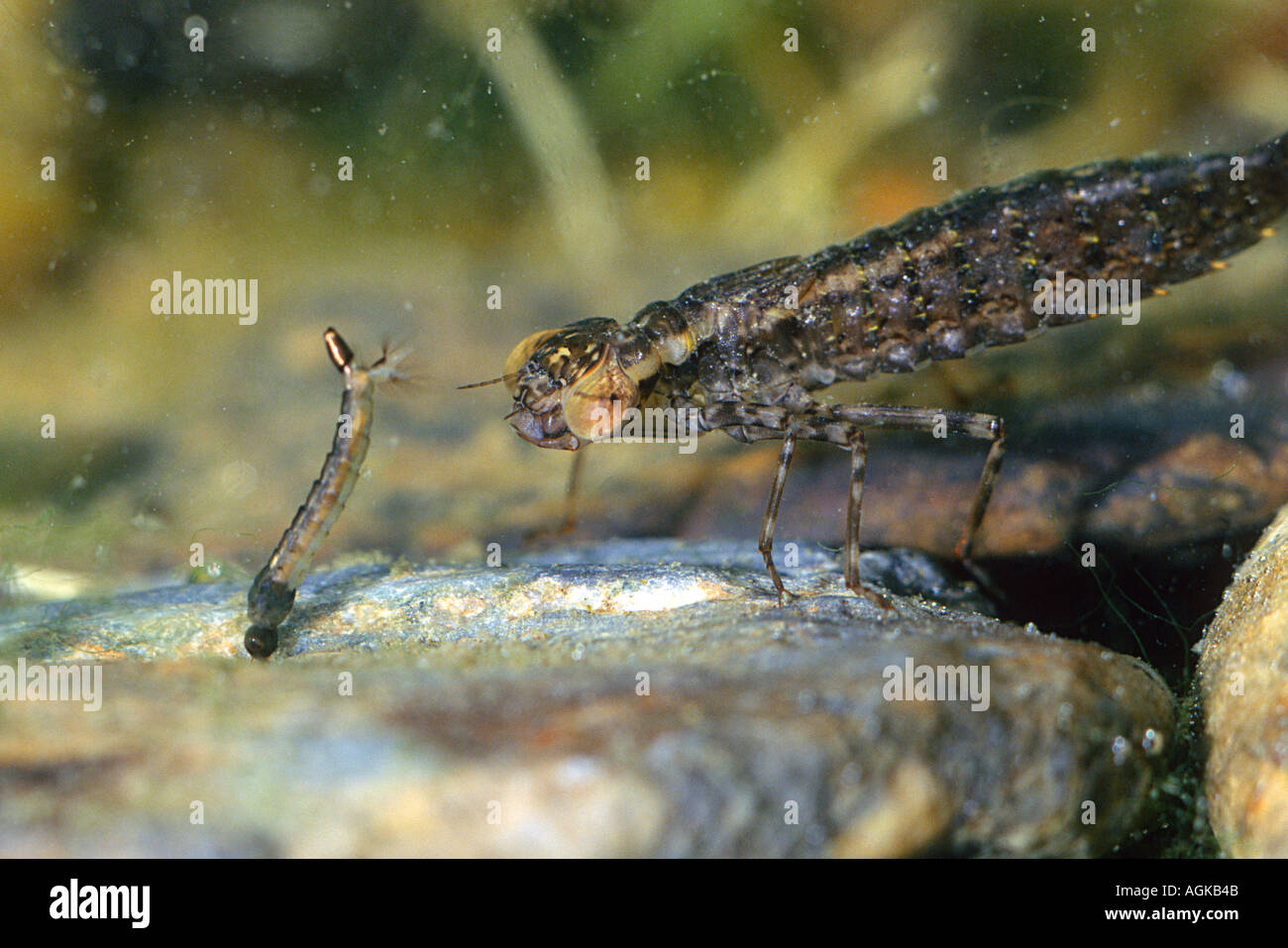
In captivity, koi can be fed a variety of foods, including pellets, flakes, live food, and vegetables. In the wild, koi eat a diet of algae, plants, and small insects. While koi will eat just about anything, they do have a preference for certain foods. Many people are surprised to learn that koi fish are actually omnivores and will eat a variety of food, including dragonflies. They are a popular choice for ponds and aquariums because of their bright colors and calm demeanor. Dragonflies show promise as a natural means of controlling mosquitoes in residential areas, especially for those with large bodies of water on their property.Koi fish are a type of carp that are native to East Asia and are now popular in many parts of the world. Thus, the more dragonflies there are in an area, the fewer mosquitoes there will be. In this case, “case” refers to any large structure made by an animal or plant that protects them from their environments such as a shell or cocoon. When it is ready to pupate, it gets out of hiding and starts to build its case or cocoon around itself. The larva feeds on decaying matter and spends most of its time buried in the soil or under rocks or logs. The dragonfly larva lives for a few months before it becomes an adult again. In fact, they are one of the few insects that consume mosquito larvae.Īdult dragonflies have short lifespans compared with other insect species they only live for a few days or weeks at most. Adult dragonflies are predators themselves, but their larvae are scavengers. The dragonfly larvae eat mosquito larvae.ĭragonflies and damselflies are an important component of the ecosystem as they prey on many different insects and other animals. The dragonfly larvae can also consume plants that live in the water along with algae and other organic matter found in natural ponds and lakes. These larvae can remain underwater for about a month before emerging onto the water surface as miniature adults. The female dragonfly lays her eggs in ponds or lakes, where they will hatch into larvae that look like little tadpoles.

They are also known to eat other flying insects such as gnats and midges. Some species have adapted to living near human settlements where they can find shelter from predators or dry out during hot weather.ĭragonflies do not only eat mosquitoes, however. Some species prefer wetland areas while others are found in dry grasslands or deserts. This species lives in the forests of Central America and feeds on small birds, mammals and insects.ĭragonflies live in a variety of different habitats around the world including forests, marshes, and open rangelands. The largest dragonfly is the Goliath Bird-eating Bat (Megaderma gigas), which can grow up to 4 inches long with a wingspan of 11 inches. The dragonfly family (order: Odonata) consists of about 3,000 species worldwide. They do this by laying their eggs in the mosquito’s body. Dragonflies also feed on adult mosquitoes that are trying to reproduce. Do dragonflies eat flying mosquitoes?ĭragonflies eat mosquitoes at all stages of life. Once hatched, the larvae will swim around until they find a suitable place to feed and pupate into an adult mosquito.
#Do dragonfly larvae eat fish full#
The female mosquito lays her eggs in stagnant pools that are full of larvae, which grow into adult mosquitoes. They do this by laying their eggs on the surface of the water, where they are easy pickings for hungry dragonflies. The male dragonfly is the one that eats mosquitoes.

Some dragonflies have been known to attack larger animals such as bats or rodents but most species prefer to hunt smaller prey such as insects or spiders. Certain species of dragonfly also eat small mammals like mice or rats. They will also eat small fish and amphibians like frogs, salamanders, and newts.

In addition to eating immature mosquitoes, adult dragonflies also eat other insects including spiders, bees, and wasps.


 0 kommentar(er)
0 kommentar(er)
